
SILK WHISPERS LUXURY
Exploring the Types of Silk for Intimate Apparel Development
Silk is a luxurious fabric that is often used in intimate apparel due to its softness, smooth texture, and breathability. However, not all silks are the same. For designers, start-ups and entrepreneurs in the business, understanding the various types of silk available can be instrumental in creating good-looking and high-quality lingerie. In this article, we will explore the production process of silk, its inherent properties, the different types of silk commonly used, their unique characteristics, and how they can elevate your intimate apparel creations.
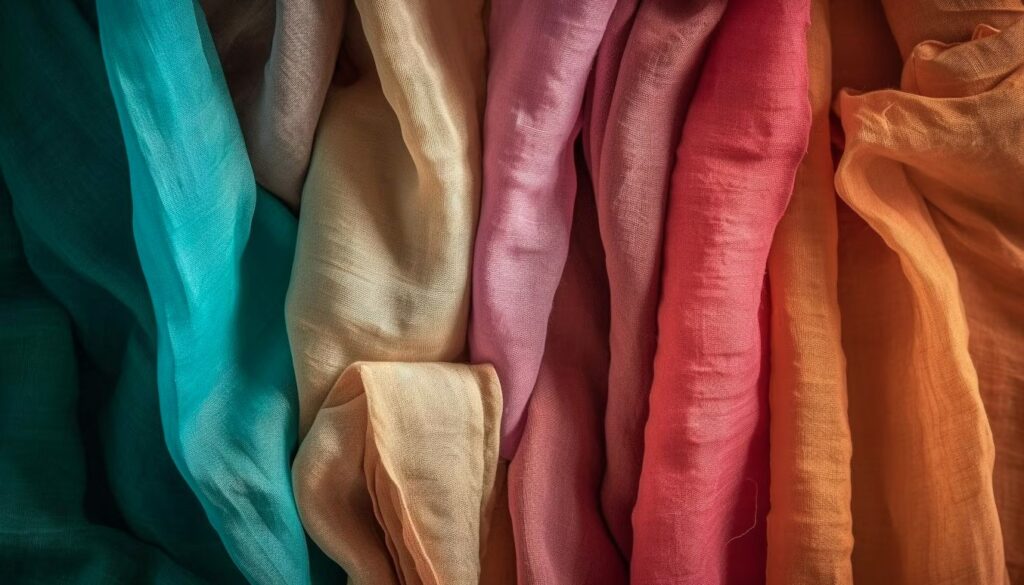
THE JOURNEY OF SILK, FROM WORM TO WONDER
First, let’s unravel the story of silk production. The finest silk fibers, primarily used today, are produced by cultivated silkworms grown in a controlled environment. These silkworms are carefully fed a diet of mulberry leaves and undergo a remarkable transformation, increasing their body size by a staggering 10,000 times within their short lifespan.

Once the silkworms spin their cocoon and before they hatch into moths, the cocoons are immersed in hot water and unravelled to obtain filaments that can stretch up to a mile in length. These raw silk filaments then undergo a process to remove sericin, the natural “gum” that protects the fibres and causes them to adhere together during cocoon spinning.
NATURE OF SILK
Silk, being a protein fiber akin to wool or human hair, naturally possesses certain irregularities, often referred to as “slubs.” Such irregularities are inherent characteristics of 100% silk fabric. Processed silk can be woven or knitted into various fabric types, each with its unique qualities. To differentiate the weight of silk fabrics, a unit called “mm” (pronounced “mommy”) is commonly used, which can vary among different types of silk. It is important to note that silk has a tendency to shrink, so if you intend to use it for clothing construction, it is advisable to pre-shrink the fabric.
DIFFERENT TYPES OF SILK AND THEIR CHARACTERISTICS
1. Chiffon: Airy Lightness with Sheer Beauty
Chiffon is renowned for its ethereal quality, being one of the lightest and most diaphanous silk fabrics. Its sheer nature creates billows of fabric that add dimension to garments, making it a popular choice for creating flowing and romantic intimate apparel pieces. However, due to its transparency, chiffon usually requires a lining or backing unless it’s used for scarves.
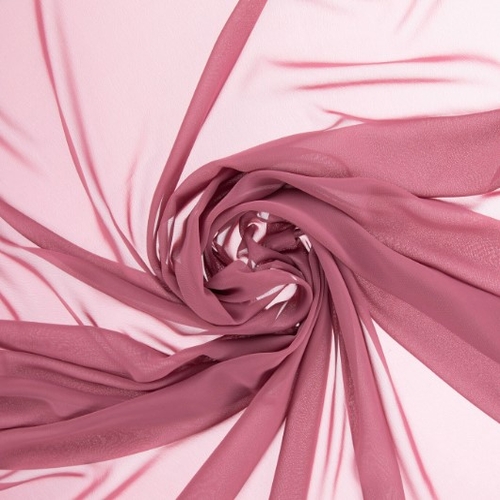
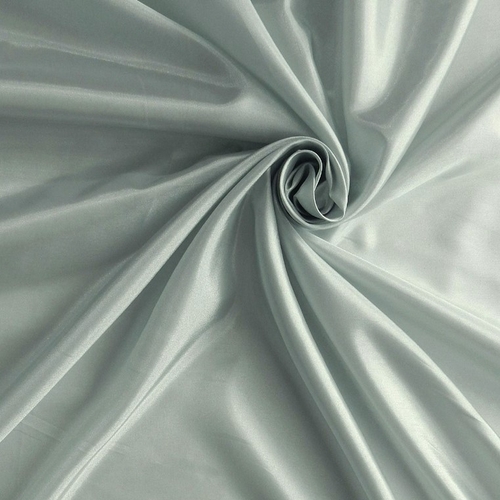
2. China Silk: Affordable Simplicity
China silk, also known as habutai or pongee, is a lightweight and sheer plain-weave fabric. It is one of the more affordable and readily available silk fabrics. China silk is often used in the creation of scarves, but it is not recommended for fitted garment styles as the seams may tear from stress. It comes in various weights, typically ranging from 5 mm to 12 mm.
3. Crepe de Chine: Soft Texture
Crepe de chine is a lightweight fabric made by twisting fibers in different directions, creating its distinctive “pebbly” appearance. This silk fabric offers a soft and subtle texture, rather than a shiny luster, due to the twisted fibers. However, it is not recommended for tailored styles as the fabric lacks the necessary structure to hold its shape.
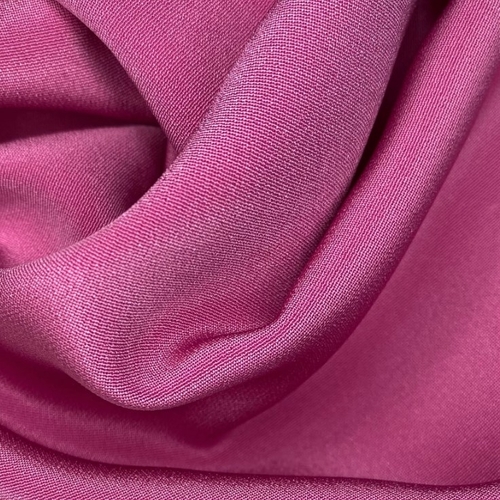
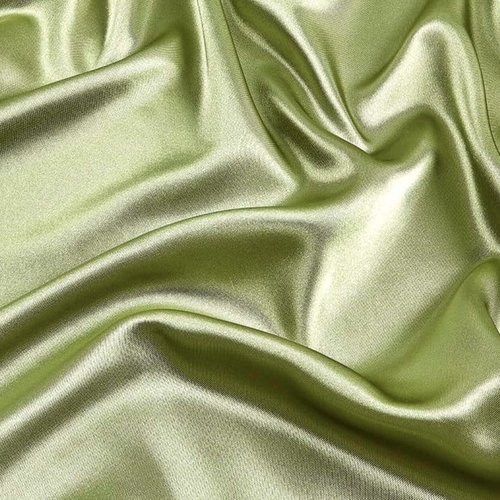
4. Charmeuse: Classic Beauty
When envisioning traditional silk, charm comes to mind. Charmeuse fabric combines a lustrous satin front with a flattened crepe back, adding a touch of shimmer and sensuous drape to garments. It is perfect for scarves, blouses, and, of course, exquisite lingerie.
5. Jacquard: Artistry in Weaving
Jacquard silk weaves intricate patterns using a mix of matte and reflective threads. These stunning designs, often featuring florals and paisleys, add depth and texture to fabrics. It is ideal for creating statement pieces that captivate the eye.
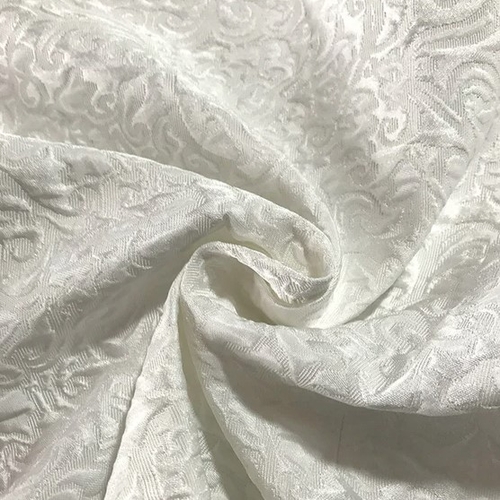
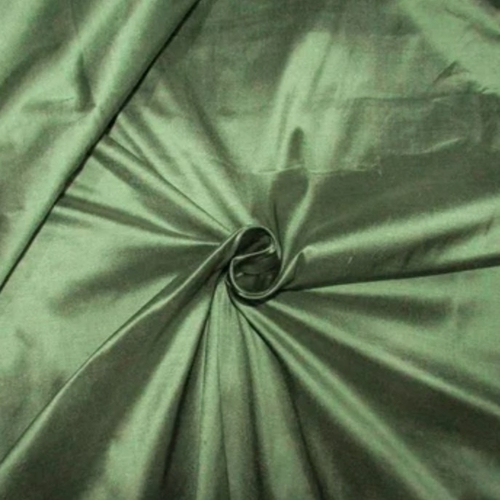
6. Douppioni: Textured Elegance
Douppioni silk, with its slubbed ribs and taffeta-like texture, adds a touch of structure and sophistication to intimate apparel. Ideal for elegant evening gowns, its unique character sets it apart. Remember, though, it’s not suited for close-fitting styles.
7. Noil: The Subtle Simplicity
Silk noil is crafted from the leftover short fibers that remain after the combing and carding process. Unlike many other silk fabrics, it doesn’t possess a glossy shine. Instead, silk noil resembles cotton in appearance but offers the luxurious softness of silk against the skin. Its drapability and resistance to wrinkling make it ideal for comfortable and travel-friendly designs. Embrace the understated elegance of noil.
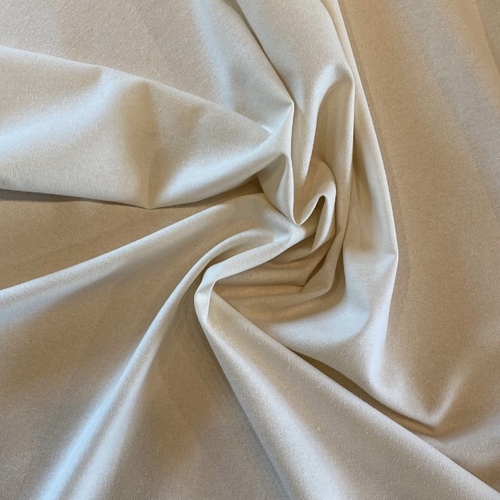

8. Raw Silk: Embracing Natural Imperfections
It refers to any silk yarn or fabric that hasn’t undergone the removal of sericin, the natural “gum” that protects the fibres. Raw silk has a distinct appearance, characterised by its stiffness and lack of sheen. This silk fabric may have irregularities and a dull finish, but it also possesses a unique charm that comes from embracing its natural imperfections.
9. Shantung: Luster and Versatility
Shantung silk, with its cultivated silk warp yarns and douppioni filling yarns, offers a blend of luster and texture. This fabric boasts a firm, semi-crisp hand, adding a touch of sophistication to any garment.
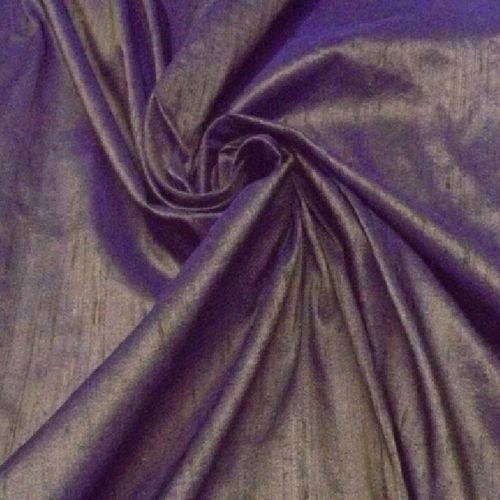

10. Tussah: Nature’s Wild Silk
Tussah silk, also referred to as shantung, stands apart from other silks due to its wild origins. The cocoons of tussah silk worms, which feed on oak and juniper leaves, produce fibres that are shorter and coarser compared to cultivated silks. Its irregular slubs and natural tan color give it a unique, organic appeal. While challenging to dye, it resists wrinkles, making it travel-friendly.
These are just a few examples of the types of silk commonly used in intimate apparel. Each type has its own unique characteristics, and designers often choose them based on their specific requirements for comfort, style, and functionality.
Among these choices, the most commonly used silk type in lingerie is Stretch Silk Charmeuse. We recommend a composition of approximately 5% spandex and 95% silk charmeuse, offering an optimal blend of flexibility and luxurious texture. With a preferred weight of 19 mm, this combination provides optimal comfort and drape for intimate apparel designs.
We encourage you to share your own silk experiences with us. Additionally, for further insights into the world of intimate apparel, click here to explore our article on “Embroidery vs. Lace: Which is Right for Your Intimate Apparel Line?”.
